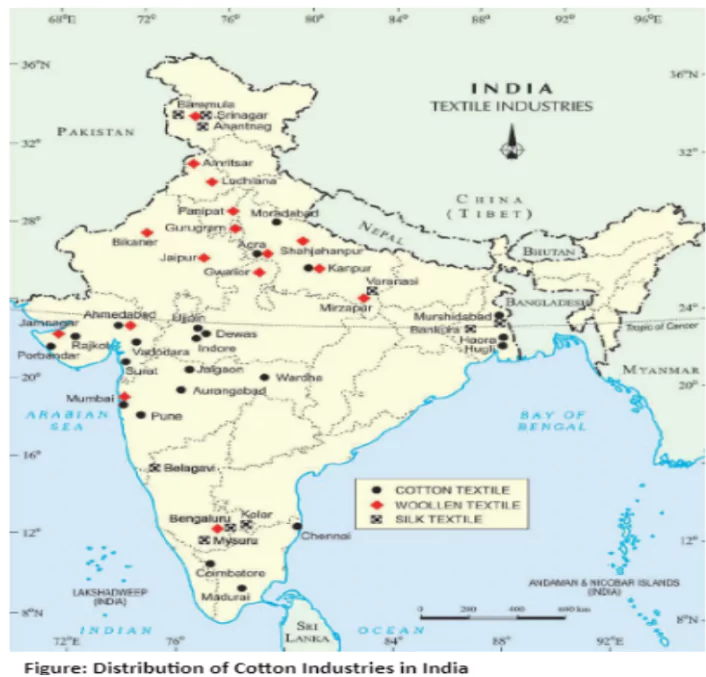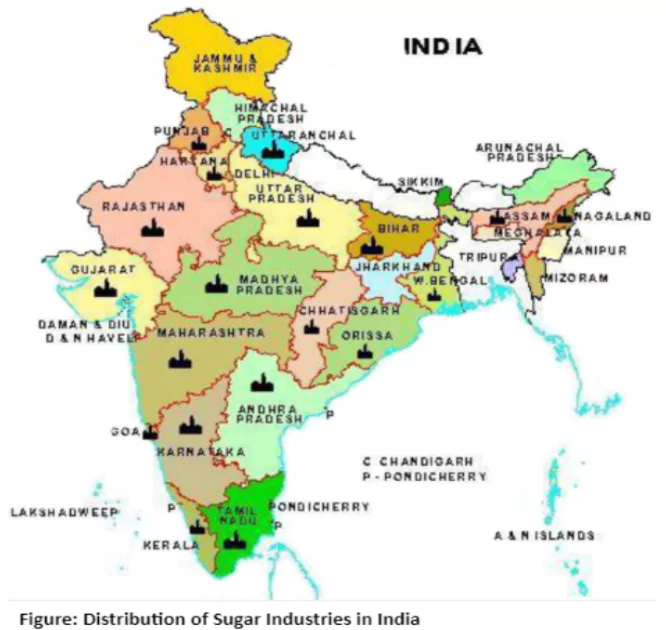![]() May 1, 2024
May 1, 2024
![]() 5005
5005
![]() 0
0
India’s agro based industries play an important role in its economic landscape, with sectors like textiles, jute, and sugar standing as pillars of industrial growth. The evolution of these industries dates back to the 19th century, marking significant milestones in India’s industrial journey. From the first textile mill in Kolkata to the emergence of sugar factories in Maharashtra and Uttar Pradesh, these industries have shaped regional economies and contributed to national prosperity.
 Spinning vs. Weaving: While spinning remains centralized in Maharashtra, Gujarat, and Tamil Nadu, weaving is highly decentralized to incorporate traditional skills and designs in fabrics like cotton, silk, zari, and embroidery.
Spinning vs. Weaving: While spinning remains centralized in Maharashtra, Gujarat, and Tamil Nadu, weaving is highly decentralized to incorporate traditional skills and designs in fabrics like cotton, silk, zari, and embroidery.
 Ideal Mill Location: Sugarcane is a weight-losing crop; Sugar factories hence, are located within the cane producing regions.
Ideal Mill Location: Sugarcane is a weight-losing crop; Sugar factories hence, are located within the cane producing regions.
| Must Read | |
| Current Affairs | Editorial Analysis |
| Upsc Notes | Upsc Blogs |
| NCERT Notes | Free Main Answer Writing |
<div class="new-fform">
</div>
Latest Comments